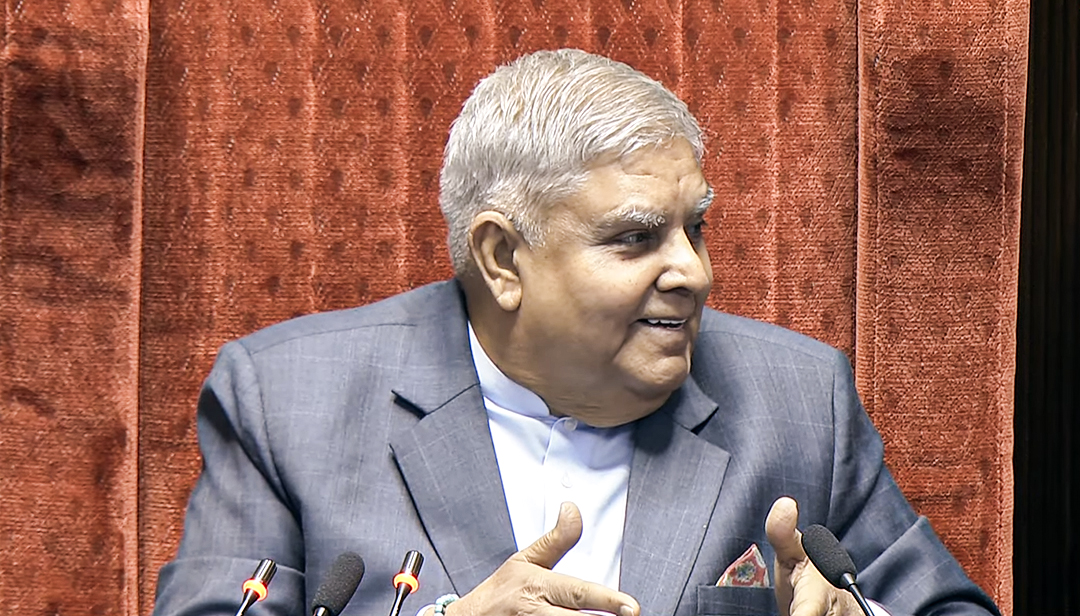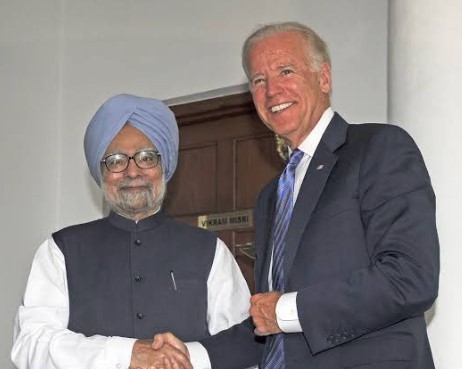The sub-variant is worth “keeping a close eye” on, Thomas Peacock, a scientist at Imperial College London, said on Twitter…reports Asian Lite News
About 10 states in India have detected a new sub-variant of Omicron BA.2.75, which may be “alarming” in nature, according to an Israeli expert on Sunday.
However, the Indian Health Ministry is yet to officially confirm the detection of the sub-variant in the country.
In a series of Tweets, Dr. Shay Fleishon, with the Central Virology Laboratory at Sheba Medical Center in Tel Hashomer, said that 85 sequences from eight countries have been uploaded so far on Nextstrain, an open-source platform of genomic data.
This included 69 from India: Delhi (1), Haryana (6), Himachal Pradesh (3), Jammu (1), Karnataka (10), Madhya Pradesh (5), Maharashtra (27), Telangana (2), Uttar Pradesh (1), and West Bengal (13).
Besides India, the strain has also been reported by seven other countries: Japan (1), Germany (2), the UK (6), Canada (2), the US (2), Australia (1), and New Zealand (2), according to the Nextstrain data.
“No transmission could be tracked based on sequences outside India yet,” Fleishon wrote on Twitter.
While he said it is “too soon to tell” whether BA.2.75 will be the next dominant variant, he noted that the sub-variant may be “alarming because it may imply a trend to come”.
Fleishon explained that in recent months, there has been a trend of second generation variants based on Omicron sub-lineages, namely BA.1, BA.2, BA.3, BA.4, and BA.5.
This was based on Omicron lineages with mutations in the S1 section of the spike protein and specifically in the part of the spike protein which the virus uses to connect to and gain entry into cells.
However, the rise seen in these sub-variants has been “at a level not seen in second-generation variants from other variants of concerns”.
Further, until now these second-generation variants have only been found in a few cases within one region. This is the first time a second-generation variant from Omicron has spread to multiple regions.
“The fact that such a divergent 2nd gen variant can succeed inter-host is alarming. It means that if BA.2.75 will not succeed, and even if it will, other 2nd gen might grow better over time,” Fleishon said.
The sub-variant is worth “keeping a close eye” on, Thomas Peacock, a scientist at Imperial College London, said on Twitter.
The BA.2.75 was also flagged by Bloom Lab at the Fred Hutch research institute in the US.
In a tweet, posted this week, the institute said the sub-variant “is worth tracking, as it has appreciable antigenic change relative to its parent BA.2”.
The lab pointed to two mutations as key: G446S and R493Q.
“G446S is at one of most potent sites of escape from antibodies elicited by current vaccines that still neutralises BA.2. So for immunity from vaccines or early infections, adding G446S to BA.2 will decrease neutralisation,” the lab said.
“However, G446S will have less effect on antibodies of people with prior BA.1 breakthrough infection. Therefore, BA.2.75’s antigenic advantage relative to BA.2 will be most pronounced in people who have not had BA.1 exposure,” it said.
This means that “BA.2.75 will have antibody escape that is similar to that for BA.4/5 with respect to the current vaccine”.
The R493Q mutation, on the other hand, seems to increase the virus’s ability to attach to ACE2 — the protein which the Covid virus uses to enter cells.










